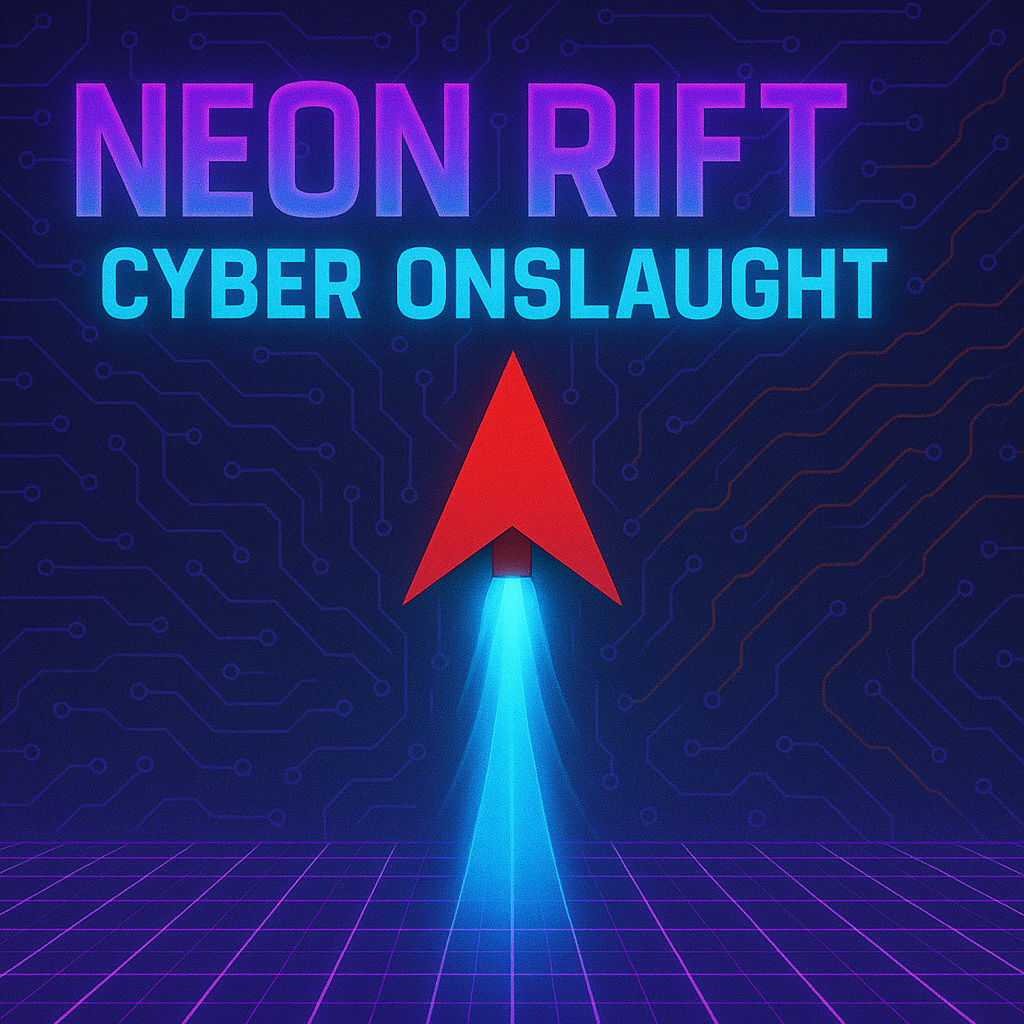After developing several HTML5 games, including Neon Rift and WTF Wrestling, I've learned valuable lessons about optimizing performance, managing assets, and creating responsive experiences. Here are my essential tips for HTML5 game development.
Performance Optimization
Performance is crucial for HTML5 games. Here are key optimization techniques I've implemented:
-
Use
requestAnimationFramefor smooth animations - Implement object pooling for frequently created/destroyed objects
- Optimize canvas rendering with proper clearing and redrawing
- Use WebGL for complex graphics when possible
- Implement frame skipping for slower devices
Responsive Design
Making your game work across different devices is essential. Here's my approach:
- Use CSS media queries for layout adjustments
- Implement dynamic scaling for different screen sizes
- Maintain aspect ratio to prevent distortion
- Support both touch and keyboard/mouse controls
- Test on various devices and browsers
Asset Management
Efficient asset management is key to smooth gameplay:
- Preload essential assets before game start
- Use sprite sheets for animations
- Implement asset compression and optimization
- Cache assets in IndexedDB for faster loading
- Use WebP format for images when supported
Code Organization
Well-organized code is crucial for maintainability:
- Use a modular architecture (e.g., Entity-Component System)
- Implement proper state management
- Use TypeScript for better type safety
- Follow SOLID principles
- Implement proper error handling
Debugging and Testing
Effective debugging and testing strategies:
- Use Chrome DevTools Performance panel
- Implement debug mode with visual helpers
- Use automated testing frameworks
- Test on multiple browsers and devices
- Implement proper logging and error tracking
Real-World Example: Neon Rift
In Neon Rift, I implemented these techniques to achieve smooth performance:
// Object pooling for bullets
class BulletPool {
constructor(maxSize) {
this.pool = [];
this.maxSize = maxSize;
this.active = [];
}
get() {
let bullet = this.pool.pop();
if (!bullet) {
bullet = new Bullet();
}
this.active.push(bullet);
return bullet;
}
release(bullet) {
const index = this.active.indexOf(bullet);
if (index > -1) {
this.active.splice(index, 1);
if (this.pool.length < this.maxSize) {
this.pool.push(bullet);
}
}
}
}Conclusion
HTML5 game development requires careful consideration of performance, responsiveness, and code organization. By implementing these tips, you can create smooth, engaging games that work across different devices and browsers.

